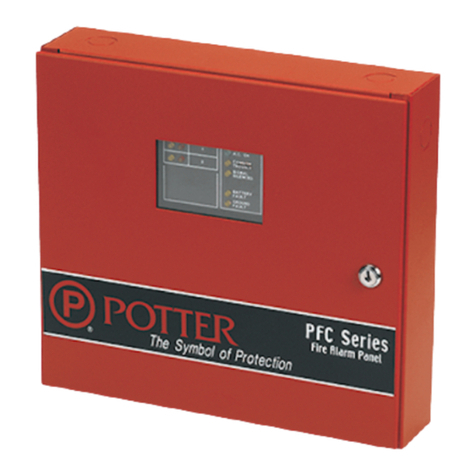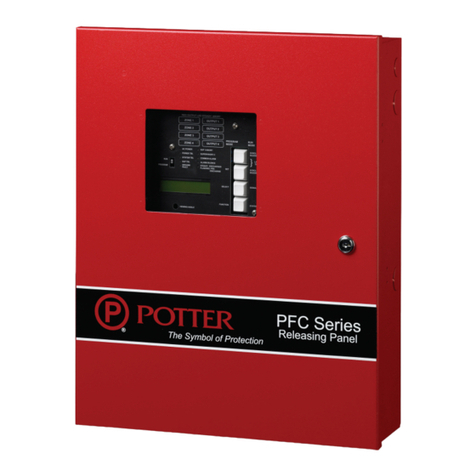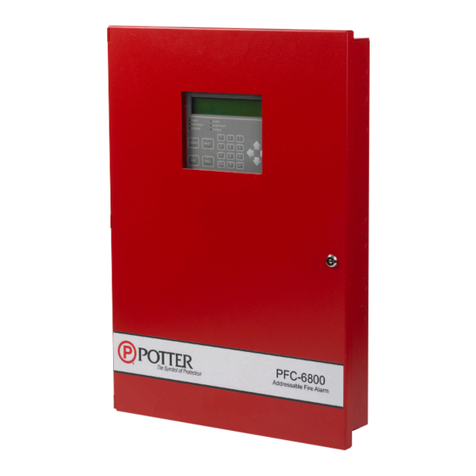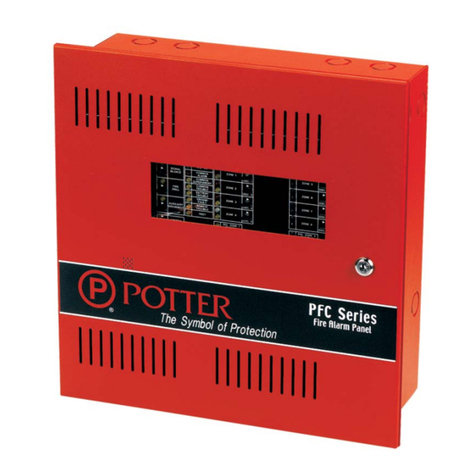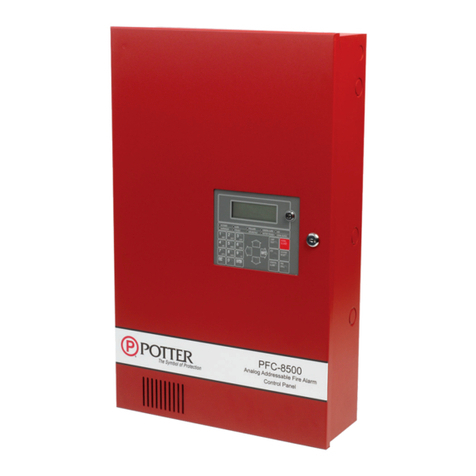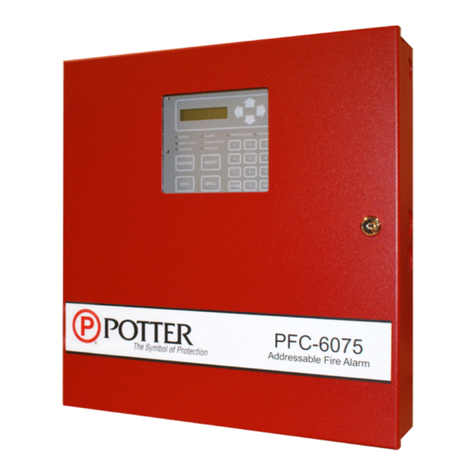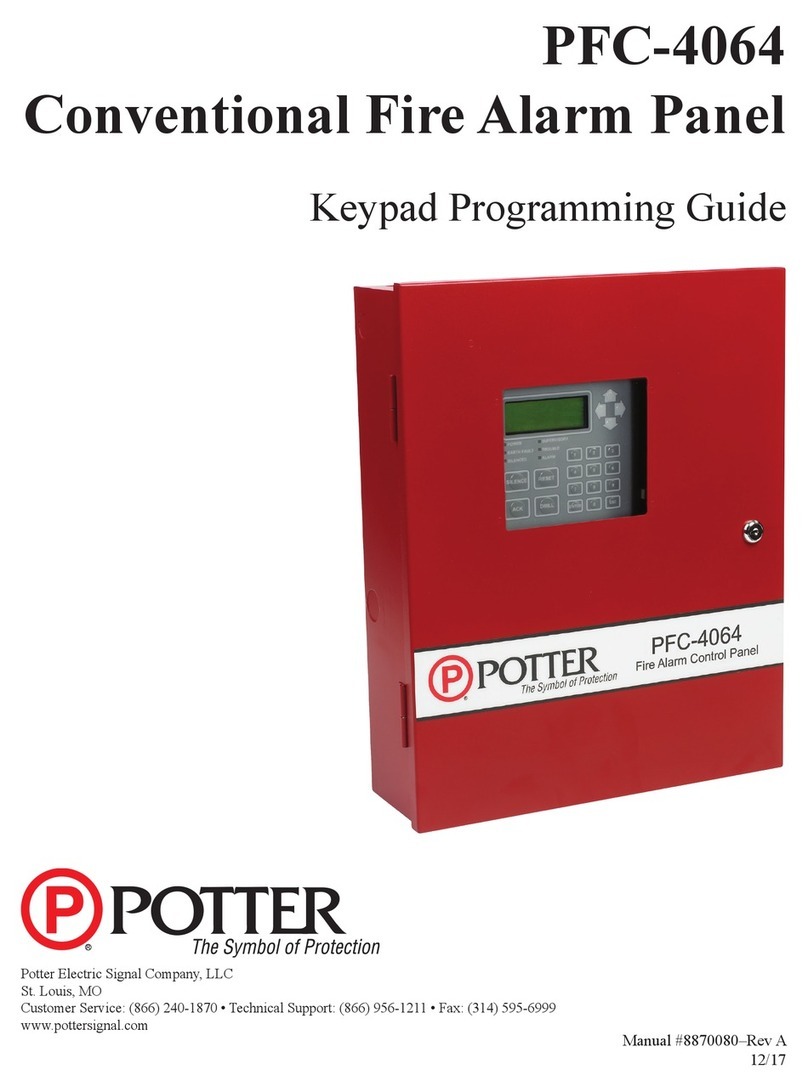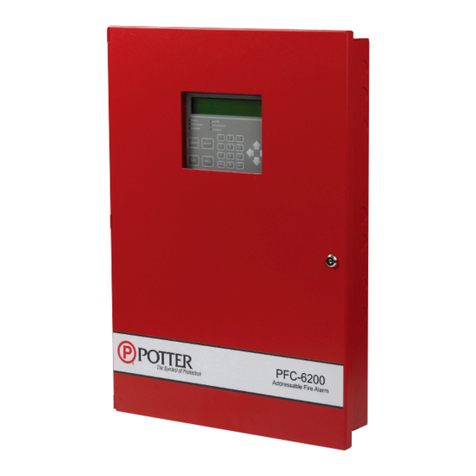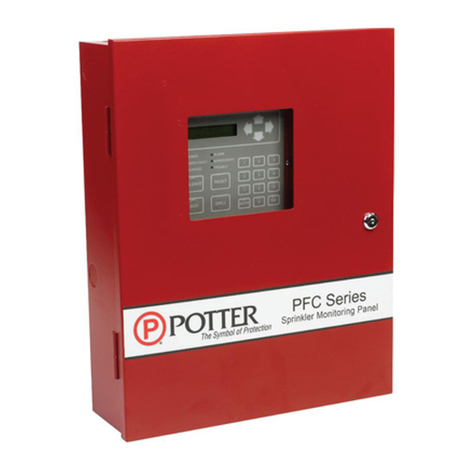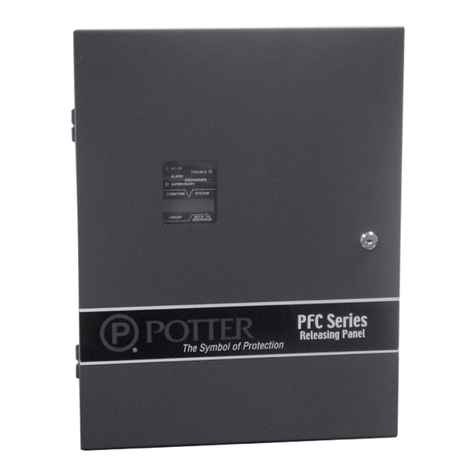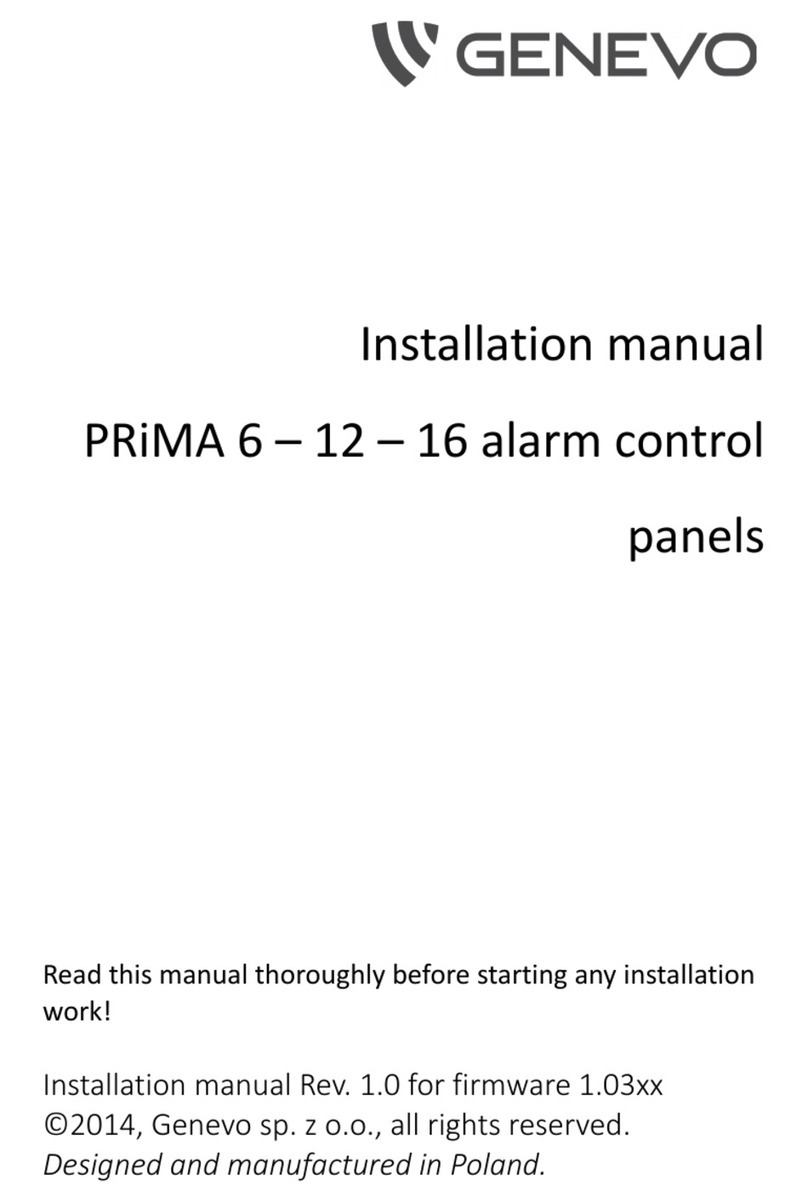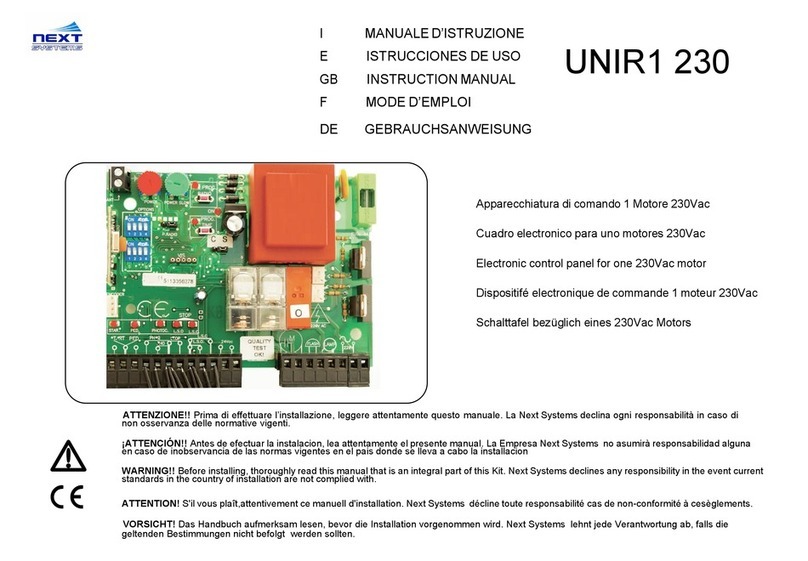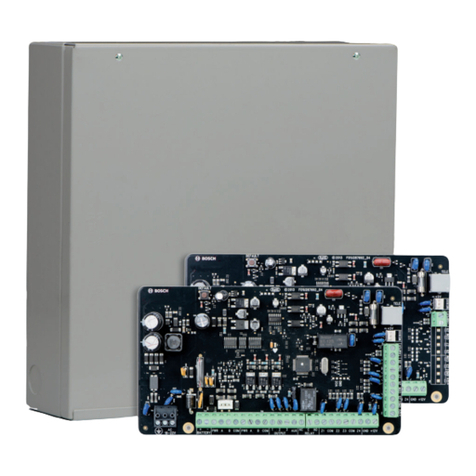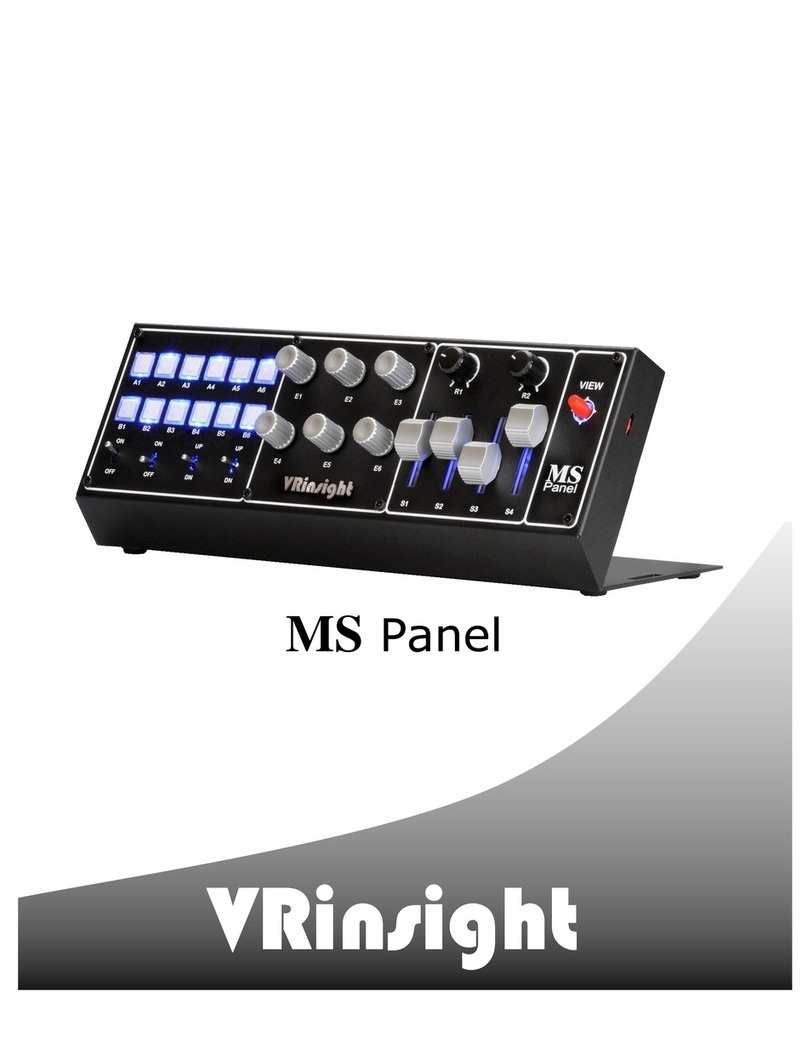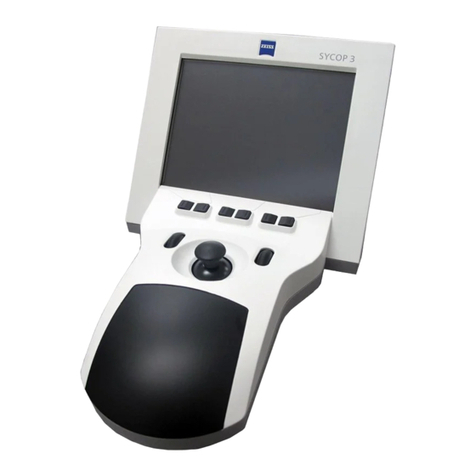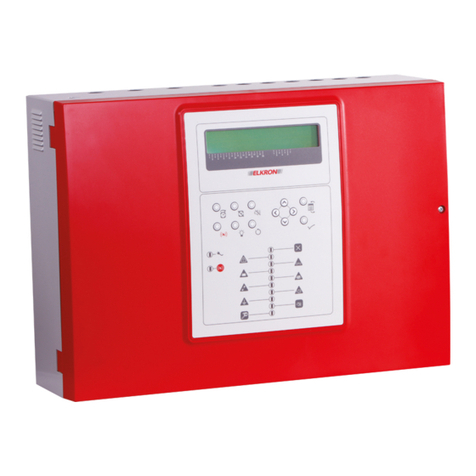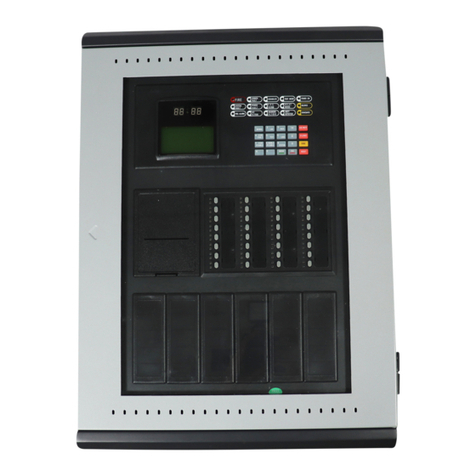
PFC-3005T Installation and Operation Manual
i
Contents
List of Figures.......................................................................................................................... ii
Introduction ............................................................................................................................. 1
Mechanical Installation........................................................................................................... 1
Function Selection .................................................................................................................. 1
Wiring....................................................................................................................................... 2
Detection Zones................................................................................................................... 2
Signal Zone.......................................................................................................................... 2
Alarm and Trouble Relays.................................................................................................... 2
Remote Annunciation........................................................................................................... 3
A.C. Power and Batteries..................................................................................................... 3
Trouble Indicators and Controls............................................................................................ 3
Common Trouble LED ......................................................................................................... 3
Buzzer/Buzzer Silence Switch ............................................................................................. 3
Zone Trouble LED................................................................................................................ 3
Battery Fault LED................................................................................................................. 3
Ground Fault LED................................................................................................................ 3
Remote Lamp Fail LED........................................................................................................ 3
Signal Trouble LED.............................................................................................................. 3
Sequence of Operation........................................................................................................... 4
Normal.................................................................................................................................. 4
Alarm.................................................................................................................................... 4
Signal silence....................................................................................................................... 4
Reset/Lamp Test.................................................................................................................. 4
System Checkout.................................................................................................................... 4
Power up and Troubleshooting ............................................................................................. 4
Wiring Tables and Information............................................................................................... 8
Appendix A: Compatible Devices.......................................................................................... 10
Underwriter’s Laboratories Canada (ULC) Canadian 2-Wire Smoke Detector
Control Panel Compatibility.................................................................................................. 10
Underwriter’s Labs Inc. (ULI) United States 2-Wire Smoke Detector
Control Panel Compatibility.................................................................................................. 11
Underwriter’s Labs Inc. (ULI) United States Signaling Device Control Panel Compatibility. 13
Appendix B: Battery Calculations (Selection Guide)........................................................... 14
Warranty................................................................................................................................... 15
